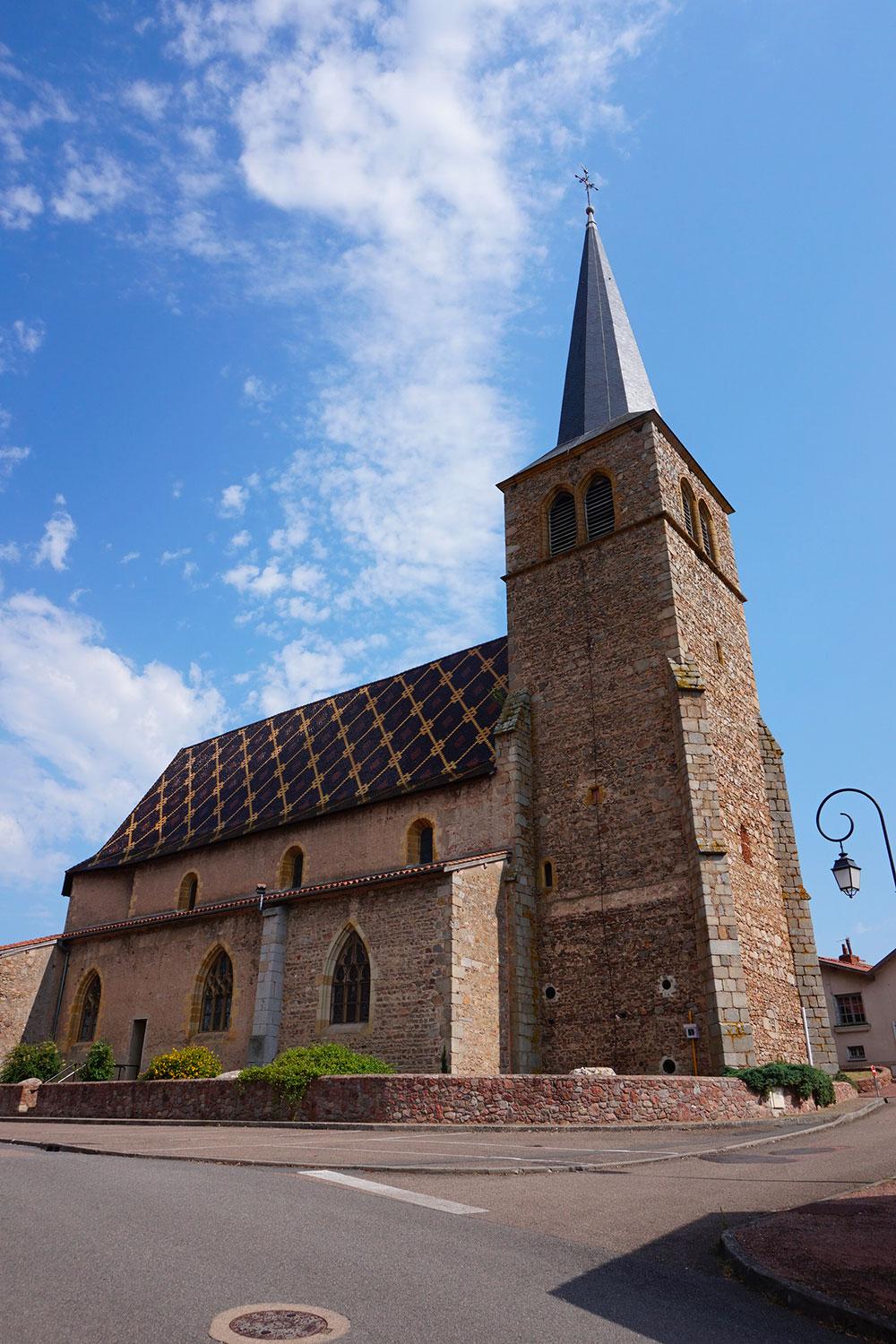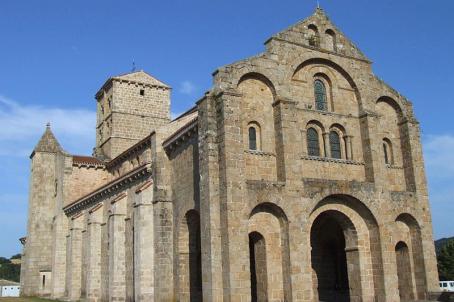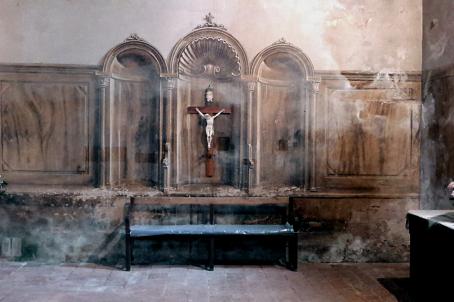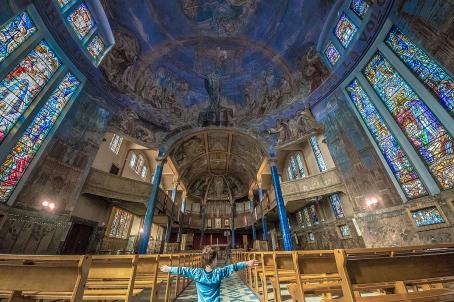Church of Sainte-Marie-Madeleine

The Sainte-Marie-Madeleine church, built in the 13th century, dominates the entire village of Saint-André-d'Apchon. The 16th century vaulting of the Gothic nave, that is covered with glazed tiles that form a colorful decor with exceptional geometric patterns, required the construction of a frame, and forms a true work of art that deserves a visit. Note the stained glass windows and sixteenth century stalls and the many statues of polychrome gilt wood and stone.
About this building
The Church of Sainte-Marie-Madeleine dominates the village of Saint-André-d'Apchon in the Auvergne-Rhône-Alpes region with its reassuring mass. The village was dependent on the County of Forez, which was attached to the Duchy of Bourbon in 1376. The parish belonged to the Cluniac priory of Ambierle. The imposing roof is made of glazed tiles from Flanders which, with its geometric patterns, colourfully decorates the building and is its defining characteristic.
The original construction of the church, in a rectangular plan, began around the thirteenth century, but the building changed in appearance several times throughout its history. The church is composed of a single nave of three bays which was vaulted in the sixteenth century with cross warheads. The nave is framed to the north in the sixteenth century and south side features chapels. A square bell tower is attached to the west gable. In the sixteenth century, a new chapel is built to the north and the nave was entirely vaulted.
The vaulting of the gothic nave gives the roof an entirely new design, similar to that of a castle. This required the construction of a beautiful frame, a true work of art that deserves a visit. The seigneurial chapel to the north of the choir was enlarged by a span to its current size in the eighteenth century. Work continued in 1830 with the construction of two additional chapels in the south-west, followed by the bleaching and interior design of the church.
The interior is also well decorated, with the sixteenth century stained glass windows and stalls, the pulpit added in 1772 and the high altar of 1879. There are also many polychrome statues made from gilt wood and stone between the fifteenth and eighteenth centuries that represent Saint Catherine, Saint Genevieve and our Lady of Mercy. Embellished over the centuries, thanks to these works of art the church has been registered on the additional inventory of Historical Monuments since June 26, 1963.





